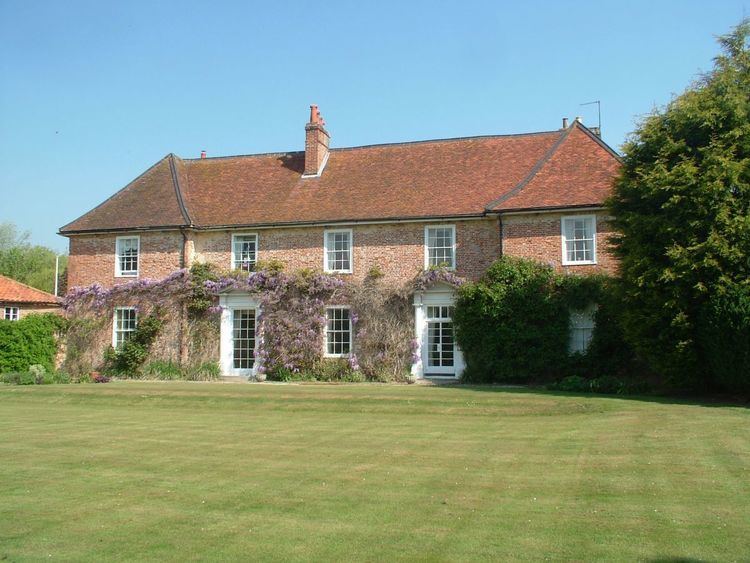Population 167 2011 Census | Civil parish Frostenden Sovereign state United Kingdom | |
 | ||
Frostenden is a small village in Suffolk, England. It is located around 1 mile south-west of the neighbouring town, Wrentham. Its church, All Saints, is one of 38 existing round-tower churches in Suffolk. It is situated west to the A12 and can be seen from this major road.
Contents
Map of Frostenden, Beccles, UK
In 1870 Frostenden was described by John Marius Wilson in the "Imperial Gazetteer of England and Wales":
"The property is divided among a few. The living is a rectory in the diocese of Norwich. Value, £348. Patron, Thomas Barne, Esq. The church is chiefly early English; has a round western tower; and contains an early English piscina and a later English font. Charities, £28."
Population
In 1881 the population was reported as being 386 but in 2011 the Frostenden population had decreased to 167. According to the 2011 census there were 89 males and 78 females living in the parish. As seen on the population graph, the population has steadily declined over the past century, and as of 2011, has reached its lowest recorded level.
Occupations
The 1831 census data shows a predominantly agriculture-focused population, with 70% of the workforce was listed as "Agricultural Labourers", though two of the other categories can be linked to agriculture as "Farmers employing Labourers" and "Farmers not employing Labourers". Maps from the 19th century show that the area was particularly rural with several farms listed within the village.
Of the population of 386 in 1881, 207 of those had listed occupations on the census. The main industry seen in this data was agriculture, at 33% of the total workforce - compared with 5% of the total workforce from the 2011 census. The largest industry for the female workforce in 1881 was Domestic Service, with 17 of the women working in this industry.
The Church
A key feature of Frostenden the round tower church. The tower is one of the oldest in Suffolk and dates back to either the Norman or Saxon era. The church however dates back to the 13th century. Above the southern door to the church sits a distincitive and bright sundial, reading "Watch and Pray" in Latin. The stained glass windows of the church are much newer, dating back to the early 20th century.
The village had previously been a medieval fort, and the former river bed sits just behind the church; at the time of the Domesday Book being compiled, the village had a considerable population and two churches.
Memorials
There are several memorials on the site of the church, for both the First World War and the Second World War. Unusually for the area, it appears the parish lost more men during the Second World War, which is uncommon for rural areas as it indicates the population was much higher during this time.
